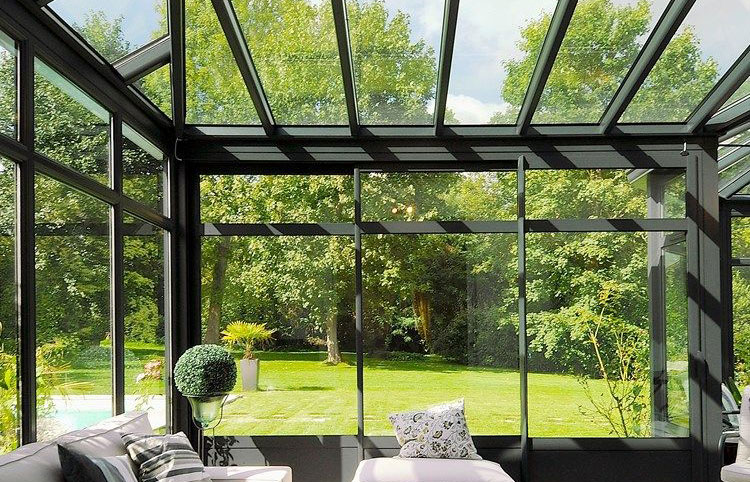The Global Ascent of Premium Sunrooms - A Journey Beyond Borders
The concept of sunrooms has transcended its traditional role as a residential luxury to become a symbol of modern living worldwide. Driven by architectural innovation, sustainability demands, and cross-cultural aesthetic convergence, premium sunrooms are emerging as a global phenomenon. Their international growth trajectory reveals unprecedented opportunities while posing unique challenges.
Market Dynamics and Regional Leadership
North America leads the market with high-end customization, exemplified by U.S. brands integrating smart glass technology and biophilic design. Meanwhile, Europe dominates in sustainable innovation, with German manufacturers pioneering energy-efficient structures compliant with EU Green Deal standards. Asia-Pacific, particularly China and India, showcases explosive growth fueled by rising disposable incomes and urbanization. Developers in Shanghai and Mumbai now integrate sunrooms into luxury high-rises as status symbols and wellness spaces.
This tripartite leadership reflects diverse consumer priorities: North American clients prioritize technological sophistication, Europeans value eco-certifications, and Asian markets emphasize spatial grandeur. Emerging markets in the Middle East (Dubai's luxury villas) and Africa (South Africa's eco-resorts) are becoming new frontiers.
Cross-Border Challenges and Solutions
Cultural adaptation remains critical. In Japan, where minimalism prevails, sunroom designers incorporate shoji screen aesthetics. Mediterranean markets demand terracotta roofs and olive tree integration. Regulatory hurdles require strategic localization – EU's CE marking and North America's ICC certification necessitate regional production partnerships.
Technology standardization presents another barrier. While U.S. firms favor proprietary automation systems, European clients prefer open-source IoT solutions. Successful brands like Velux and Sunspace now offer modular platforms adaptable to regional specifications.
Strategic Internationalization Pathways
Collaborative Design Studios: Establishing regional design hubs with local architects (e.g., HOK in Dubai, Gensler in Shanghai) ensures cultural relevance.
Green Certification Alignment: Pursuing LEED, BREEAM, and China's Three Star ratings enhances market access.
Experiential Marketing: Pop-up installations at international design fairs (Milan Salone, Dubai Design Week) build brand awareness.
The future lies in creating "glocal" sunrooms – maintaining core technological excellence while embracing regional diversity. As climate consciousness grows, these structures will evolve from luxury add-ons to essential components of sustainable urban living, redefining global home design paradigms.

Villa Sunroom Solution
Get in Touch